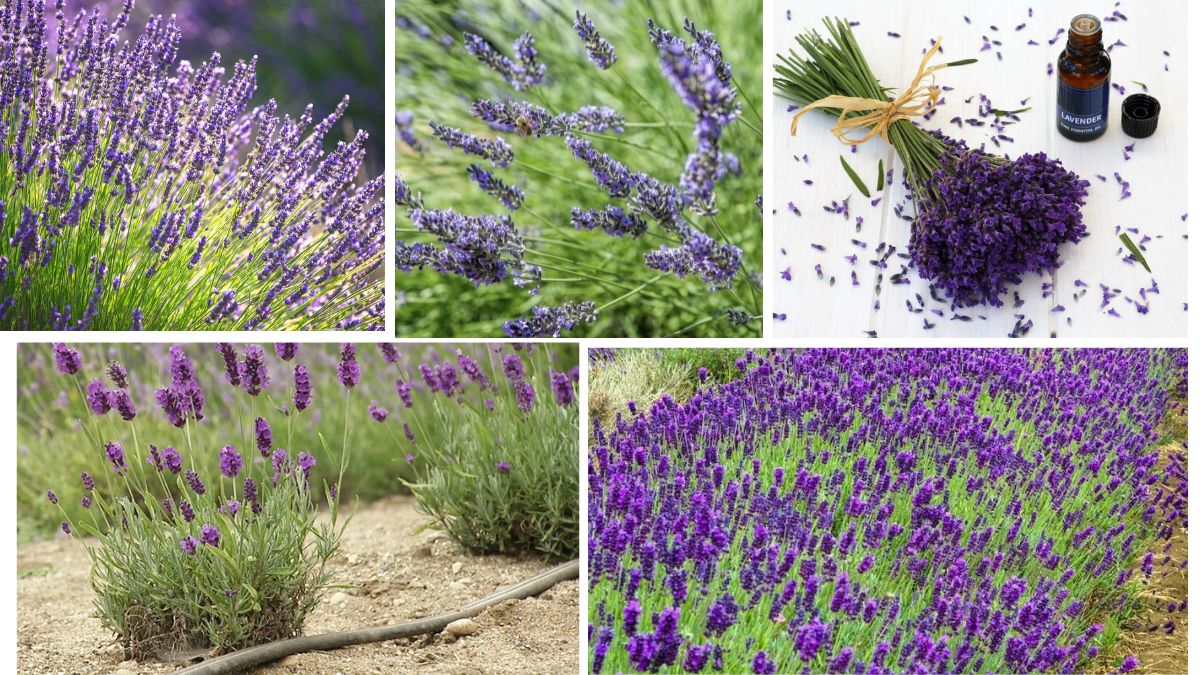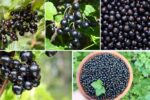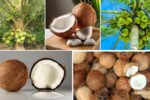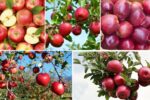Lavender—the mere mention conjures up thoughts of peaceful gardens, purple blooms swaying gently in the breeze, and that unmistakable soothing scent. A favorite among gardeners, herbalists, and aromatherapy lovers, lavender is not just a treat for the senses—it’s also a hardy and low-maintenance plant with endless uses.
In this comprehensive guide titled “Soothing Scent: Tips for Growing Lavender,” you’ll learn everything you need to know to cultivate healthy, fragrant lavender plants—from choosing the right variety and planting location to pruning, harvesting, and using your blooms. Whether you’re designing a serene garden retreat or growing lavender for its oils, this article has you covered.
Introduction: Why Grow Lavender?
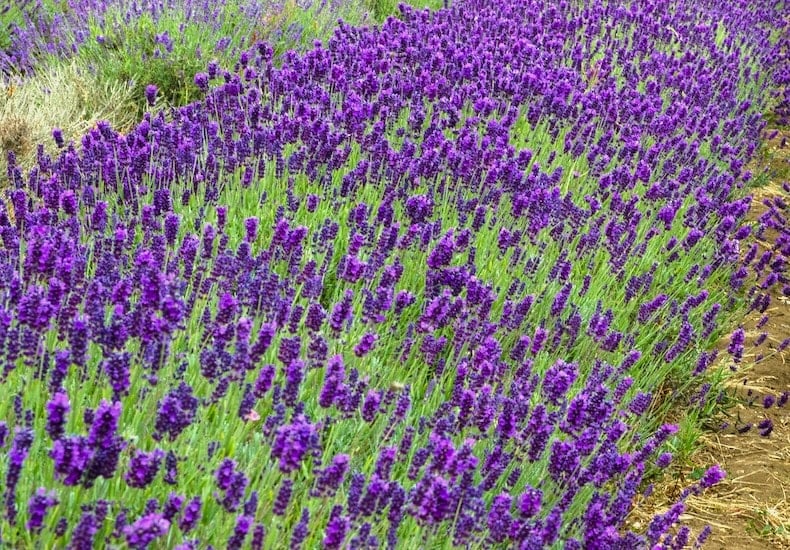
Lavender (Lavandula spp.) is a flowering herb native to the Mediterranean region. It is famous for its aromatic foliage, soothing essential oils, and striking purple-blue flower spikes. With more than 40 species and 450 varieties, lavender is a versatile addition to any garden.
Benefits of Growing Lavender:
- Attracts pollinators like bees and butterflies
- Repels pests like mosquitoes and moths
- Offers medicinal and culinary uses
- Provides fragrant cut flowers and dried arrangements
- Adds structure and color to landscapes
Plus, lavender thrives in dry, sunny environments, making it ideal for low-maintenance or drought-tolerant gardens.
1. Choosing the Right Location: Sunlight and Soil Requirements
Lavender is a sun-loving plant that demands excellent drainage to flourish.
Sunlight:
- Requires 6 to 8 hours of full sun daily.
- Too little sunlight results in leggy plants and weak fragrance.
Soil:
- Prefers light, sandy or loamy soil with good drainage.
- Ideal pH: Neutral to slightly alkaline (6.5–7.5).
- Avoid heavy clay or wet soil—these conditions lead to root rot.
Tip: If your soil retains too much moisture, consider planting lavender in raised beds or pots with drainage holes.
2. Choosing the Right Lavender Variety
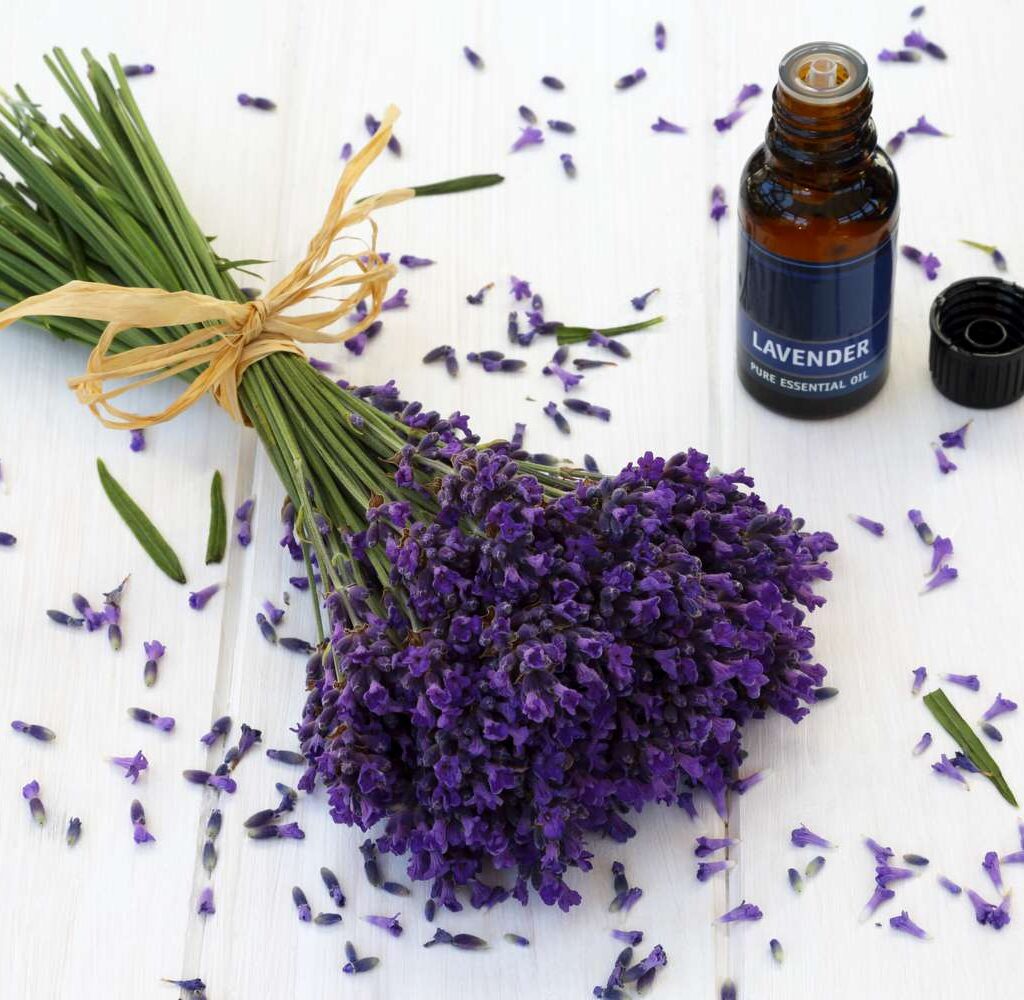
Different types of lavender offer different fragrances, hardiness levels, and bloom styles.
Popular Lavender Types:
- English Lavender (Lavandula angustifolia)
- Most fragrant and cold-hardy (zones 5–9)
- Great for culinary and oil use
- Compact and tidy growth
- French Lavender (Lavandula dentata)
- Mild fragrance, long bloom season
- Best in warm climates (zones 8–11)
- Distinctive fringed leaves
- Spanish Lavender (Lavandula stoechas)
- Eye-catching with butterfly-like bracts
- Excellent in pots and Mediterranean gardens
- Less cold-tolerant
- Lavandin (Lavandula x intermedia)
- Hybrid of English and Portuguese lavender
- Taller and more robust with strong scent
- Ideal for dried flowers and oil production
Choose based on your climate, space, and purpose (ornamental, aromatic, or culinary).
3. How to Plant Lavender: Timing, Spacing, and Technique
When to Plant:
- Spring or early fall is ideal. Plant after the last frost if in colder zones.
How to Plant:
- Loosen the soil and mix in sand or gravel for drainage.
- Dig a hole twice the width of the root ball.
- Place the plant at soil level, not deeper.
- Backfill and press gently.
- Water lightly after planting to help roots settle.
Spacing:
- Space plants 18 to 36 inches apart, depending on the variety.
Pro Tip: Don’t crowd your lavender—air circulation is key to preventing disease and encouraging full blooms.
4. Watering Wisely: Less Is More

Lavender is drought-tolerant once established and doesn’t like soggy roots.
Watering Guidelines:
- New plants: Water once or twice a week until established (first 3–4 weeks).
- Established plants: Water every 2–3 weeks during dry spells.
- Container plants: Water more frequently, but let soil dry out between watering.
Warning: Overwatering is the #1 killer of lavender. Stick your finger into the soil—if it’s dry 2 inches down, it’s time to water.
5. Feeding Lavender: Minimal Fertilization Needed
Lavender thrives in lean soil and doesn’t require heavy feeding.
Fertilizer Tips:
- Avoid nitrogen-heavy fertilizers—they promote foliage but reduce blooms and fragrance.
- Use a balanced organic fertilizer (e.g., 5-5-5) sparingly in early spring.
- Compost or worm castings added around the base in spring is often enough.
Pro Tip: Overfeeding results in leggy growth and weaker aroma.
6. Pruning for Health and Shape
Pruning is essential to keep lavender bushy, productive, and long-lived.
When to Prune:
- First pruning: After the first bloom in late spring or early summer.
- Hard prune: Late summer or early fall, before frost.
How to Prune:
- Trim back one-third of the plant, shaping it into a tidy mound.
- Avoid cutting into woody stems, as they don’t regenerate well.
Result: Regular pruning promotes more blooms and prevents the plant from becoming woody and sparse.
7. Pests and Diseases: Lavender’s Natural Defenses

Lavender is naturally pest-resistant, but some issues can arise.
Common Problems:
- Root rot: From overwatering or poor drainage.
- Fungal leaf spots: Due to poor air circulation or humidity.
- Spittlebugs: Small insects that leave frothy residue on stems.
Solutions:
- Improve drainage with gravel or raised beds.
- Prune regularly to boost airflow.
- Use neem oil or insecticidal soap for pests if needed.
Bonus: Lavender repels deer, rabbits, and mosquitoes—making it a great companion plant in your garden.
8. Growing Lavender in Containers
Lavender does exceptionally well in pots, especially in colder or wetter climates.
Container Growing Tips:
- Use terracotta or clay pots with good drainage.
- Fill with sandy, well-drained potting mix.
- Choose compact varieties like ‘Munstead’ or ‘Hidcote’.
- Water when the top 2 inches of soil are dry.
- Place in full sun, and overwinter indoors if needed.
Advantage: Containers allow you to control soil conditions and move the plant to sunny or sheltered spots as needed.
9. Harvesting Lavender: For Fragrance, Tea, and Decor
Harvesting is one of the most rewarding aspects of growing lavender.
When to Harvest:
- Just as the flower buds begin to open, when oils are most concentrated.
How to Harvest:
- Cut stems early in the morning after dew dries.
- Use sharp scissors or pruners, cutting just above the leaves.
Drying Tips:
- Tie small bundles and hang upside down in a dark, dry, well-ventilated area.
- Once dry, store in airtight containers for crafts, tea, or potpourri.
10. Uses for Home-Grown Lavender
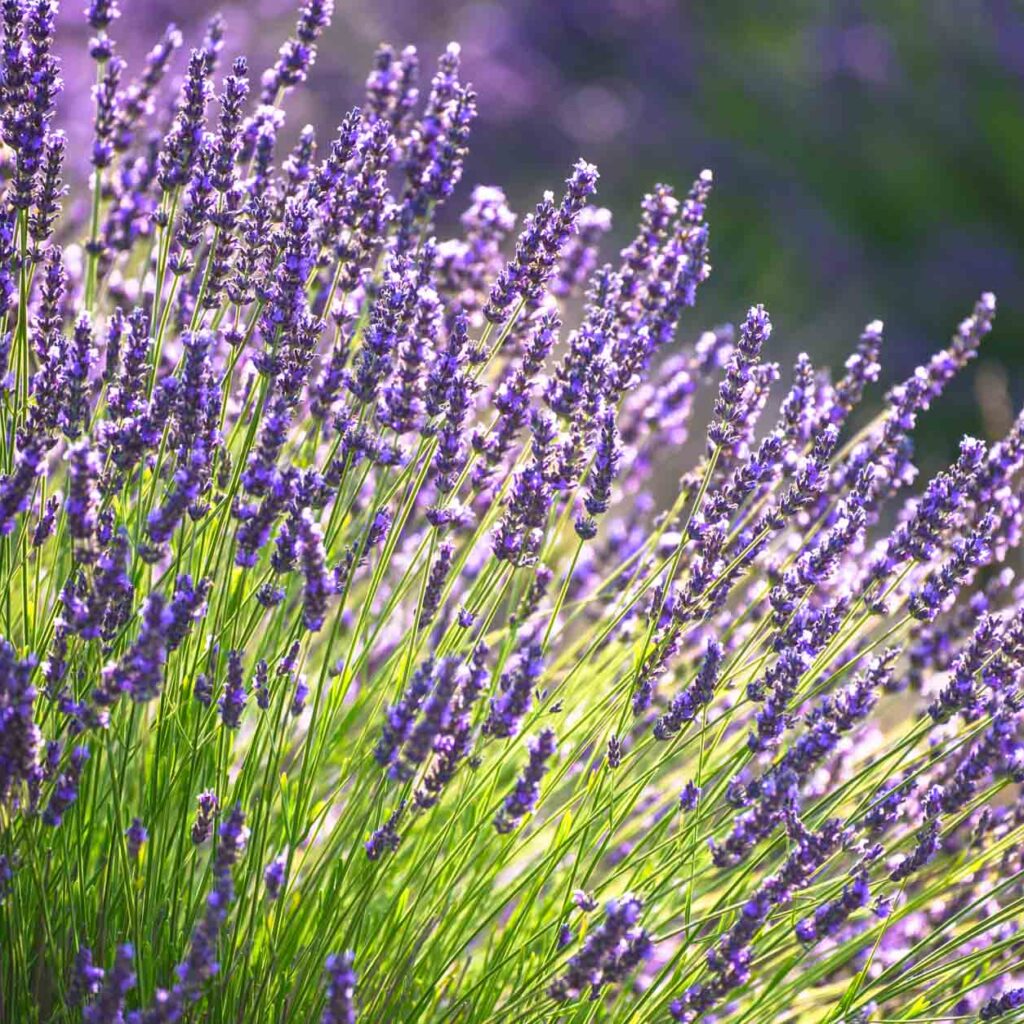
Lavender is incredibly versatile—use it to enhance your home, health, and cuisine.
Popular Uses:
- Essential Oils: Steam-distill flowers for calming oil.
- Dried Bouquets: Long-lasting and beautifully fragrant.
- Lavender Sachets: Place in drawers to repel moths.
- Lavender Tea: Soothes stress and aids digestion.
- Culinary Dishes: Add to honey, baked goods, or cocktails (use culinary varieties only).
- Aromatherapy: Use in DIY bath salts, candles, or sleep pillows.
Growing your own lavender lets you enjoy organic, chemical-free blossoms tailored to your needs.
Conclusion: Let Lavender Light Up Your Garden
Few plants combine beauty, fragrance, and utility like lavender. With its calming scent, hardy nature, and multitude of uses, it’s no wonder this Mediterranean marvel has captured hearts across the globe.
By selecting the right variety, planting in well-drained soil, providing plenty of sun, and keeping care minimal but consistent, you’ll be rewarded with waves of purple blooms and a garden filled with the soothing scent of lavender.
Final Tip: Create a lavender border along pathways or patios—brushing against the plants as you pass releases a burst of relaxing aroma that elevates your outdoor experience.
